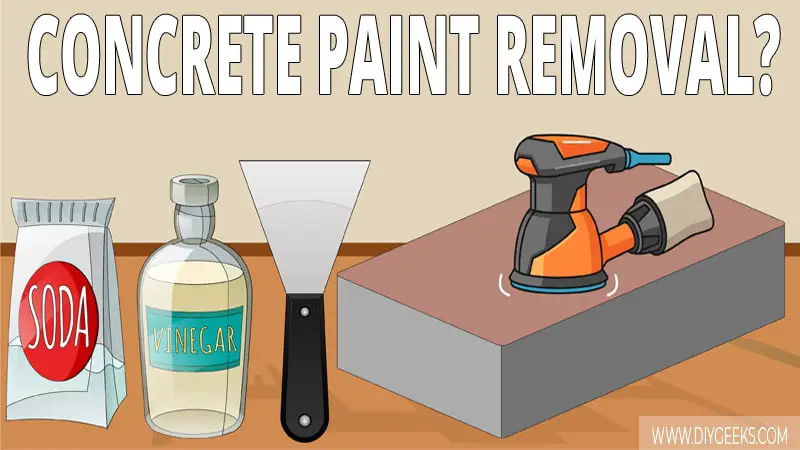How To Apply Sanding Sealer Over Stain? (4 Steps)
Sanding sealer is often a shellac or lacquer formula applied over uneven wood before a top coat. You can apply sanding sealer over stained wood, but you can’t leave it as the final coat. You must always apply a sealer or topcoat over as sanding sealer isn’t designed to be the final coat. To apply … Read more









